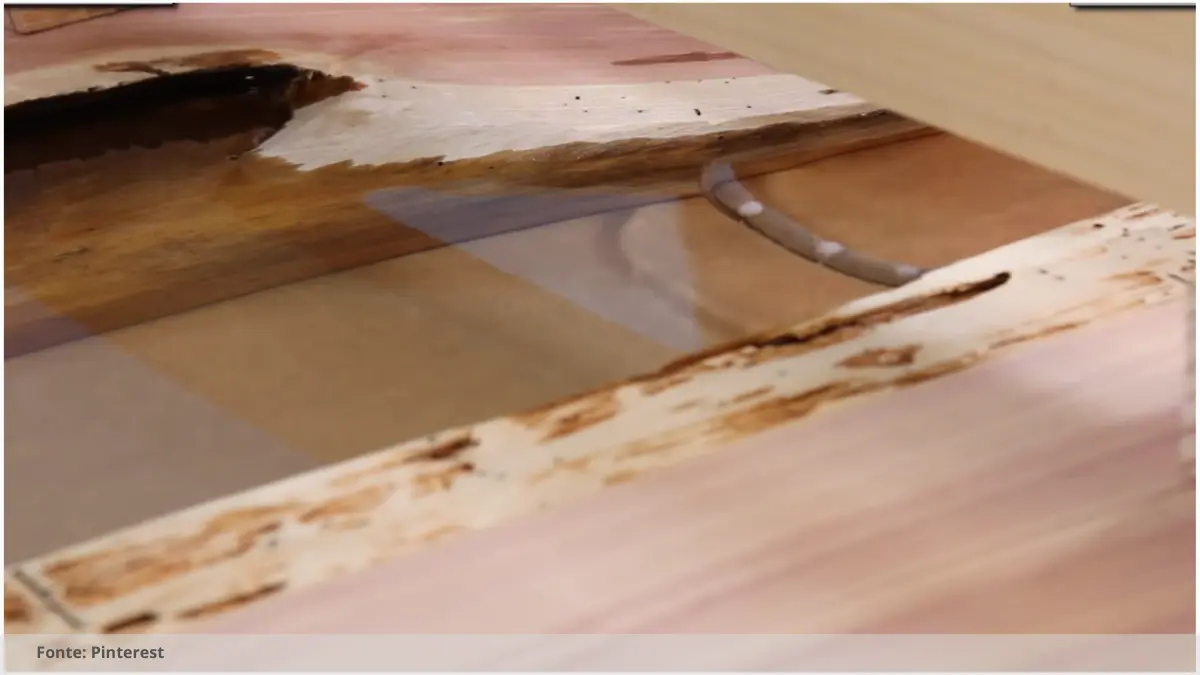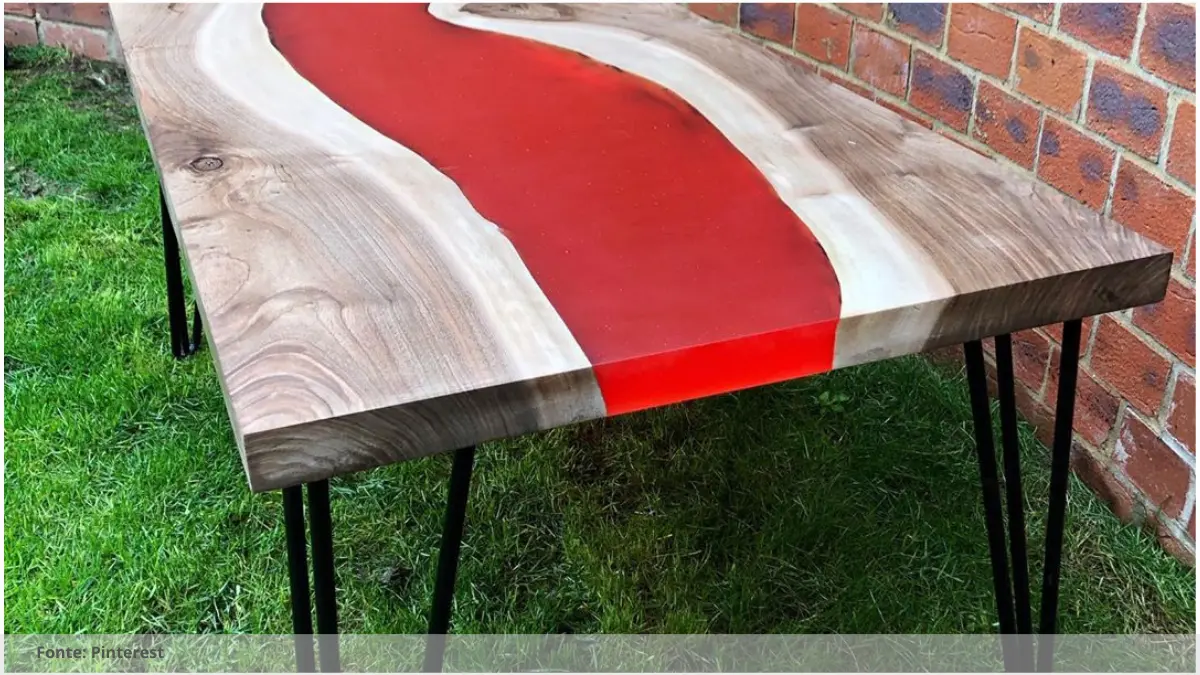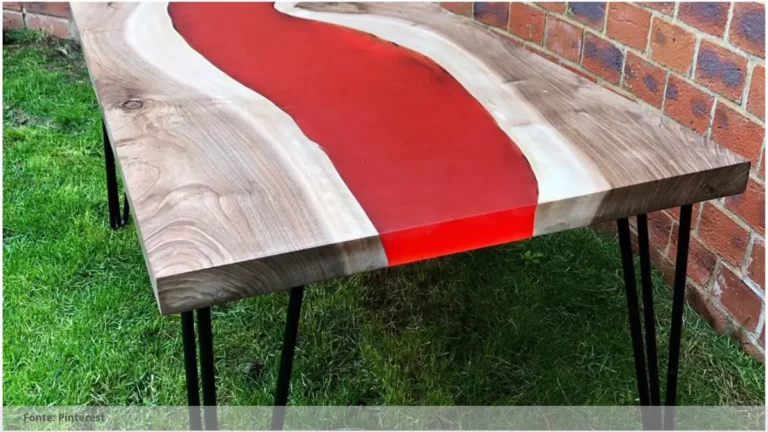
Resin Epoxy Clock: A Step-by-Step Guide to Creating Your Own Stunning Timepiece
Resin epoxy clock
Creating your own resin epoxy clock can be a fun and rewarding DIY project. Resin epoxy is a versatile material that can be used to create stunning, unique designs. With a few simple steps, you can create a beautiful clock that will add a touch of style to any room in your home.
Gathering Materials
Before you begin, you’ll need to gather all the materials you’ll need for this project. This includes a clock mechanism, a mold for the clock face, resin epoxy, pigment dyes, measuring cups, mixing sticks, and any decorations you want to add to your clock.
Preparing the Mold
Start by preparing the mold for your clock face. Make sure the mold is clean and dry before you begin. You can use a variety of materials for the mold, such as silicone molds or a wooden frame with a plastic sheet.
Mixing the Resin Epoxy
Next, mix the resin epoxy according to the manufacturer’s instructions. Be sure to measure the resin and hardener carefully to ensure the proper ratio. You can also add pigment dyes to the resin to create a custom color for your clock face.
Pouring the Resin
Carefully pour the mixed resin epoxy into the mold, making sure to avoid any air bubbles. You can also add decorations like dried flowers, glitter, or beads to the resin at this stage to customize your clock.
Inserting the Clock Mechanism
Once the resin has cured and hardened, carefully remove it from the mold. Drill a hole in the center of the clock face and insert the clock mechanism according to the manufacturer’s instructions. Your stunning resin epoxy clock is now ready to hang and enjoy!
Read the Recent Articles of the Day by Clicking Here!
One important suggestion for creating a resin epoxy clock is to carefully follow the instructions and safety precautions provided by the manufacturer. Resin epoxy can be toxic if not handled properly, so it is crucial to wear protective gear such as gloves, goggles, and a mask when working with it. Additionally, make sure to work in a well-ventilated area to avoid inhaling fumes.
It is also important to take your time and be patient when pouring and curing the resin epoxy. Rushing the process can lead to air bubbles or uneven layers, which can detract from the final look of your clock. Make sure to mix the resin and hardener thoroughly according to the manufacturer’s instructions and pour it slowly to avoid creating bubbles.
Lastly, let the resin cure completely according to the recommended curing time before handling or hanging your clock. This will ensure that the epoxy has fully hardened and will result in a durable and long-lasting timepiece.

Frequently Asked Questions: Resin epoxy clock
What materials do I need to make a resin epoxy clock?
To make a resin epoxy clock, you will need epoxy resin, a clock mechanism kit, mixing cups and sticks, silicone mold, pigment powders, and any desired decorative elements.
How long does it take to create a resin clock?
The time it takes to create a resin clock will vary depending on the complexity of the design, but typically it can take anywhere from 24 to 72 hours.
Can I customize the design of my epoxy clock?
Yes, you can customize the design of your epoxy clock by choosing different colors, adding personal touches like glitter or metallic accents, and selecting specific shapes or patterns.
Is it difficult to clean and maintain a resin clock?
Cleaning and maintaining a resin clock is typically not difficult as resin is easy to wipe down with a damp cloth. Regular dusting and occasional polish should suffice.
So, what do you think about this subject? Share your opinion in the comments and let’s continue discussing together!


